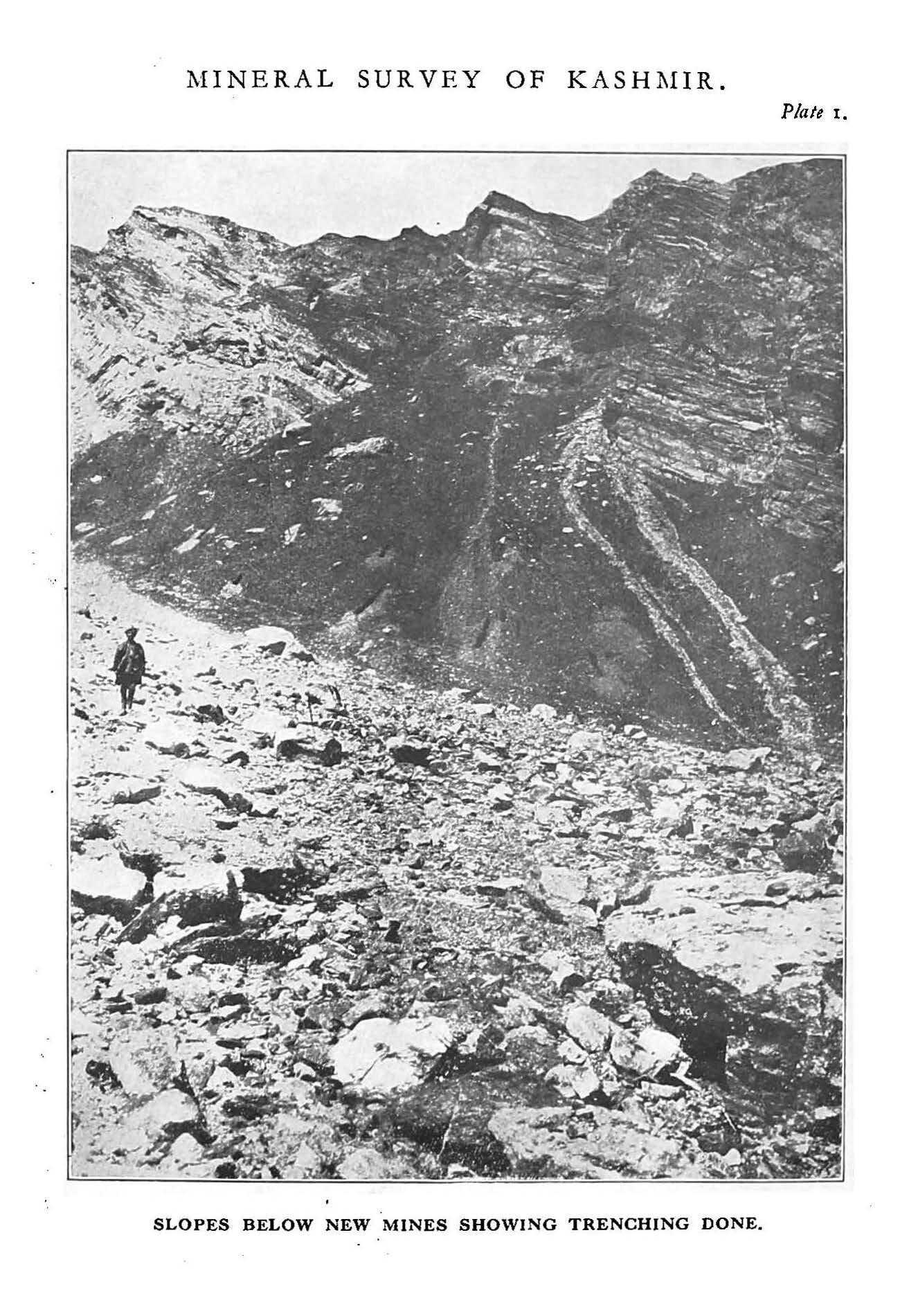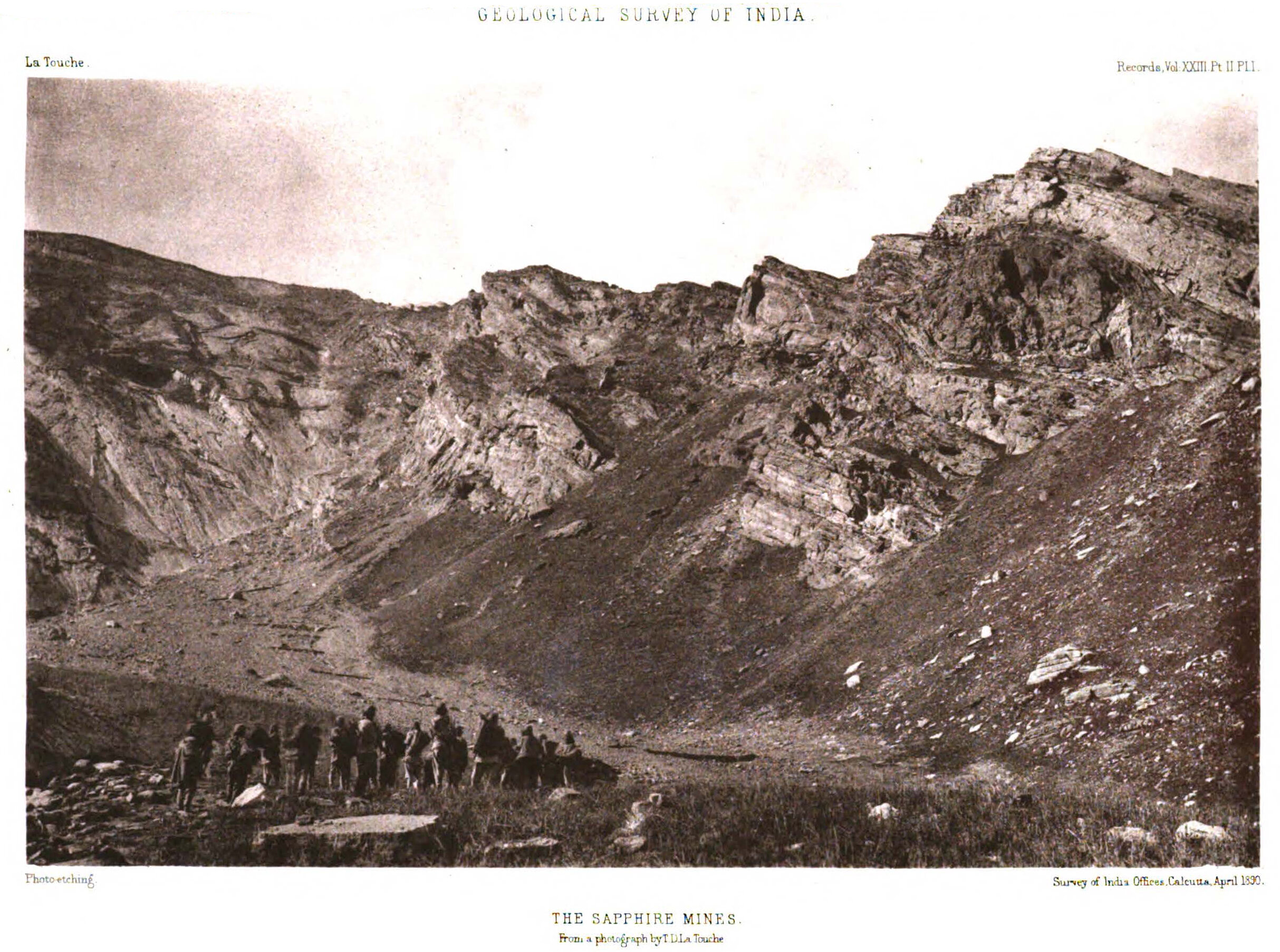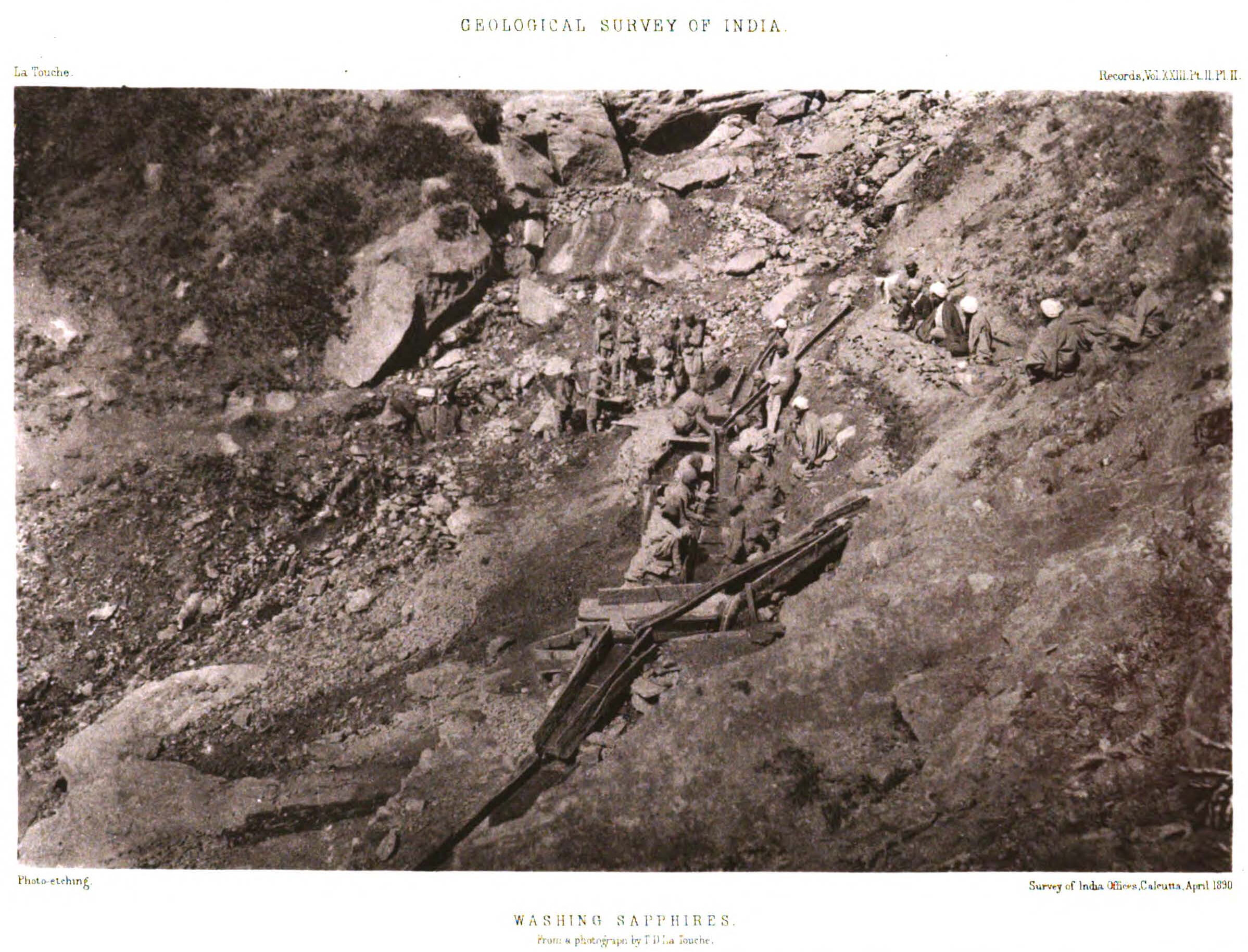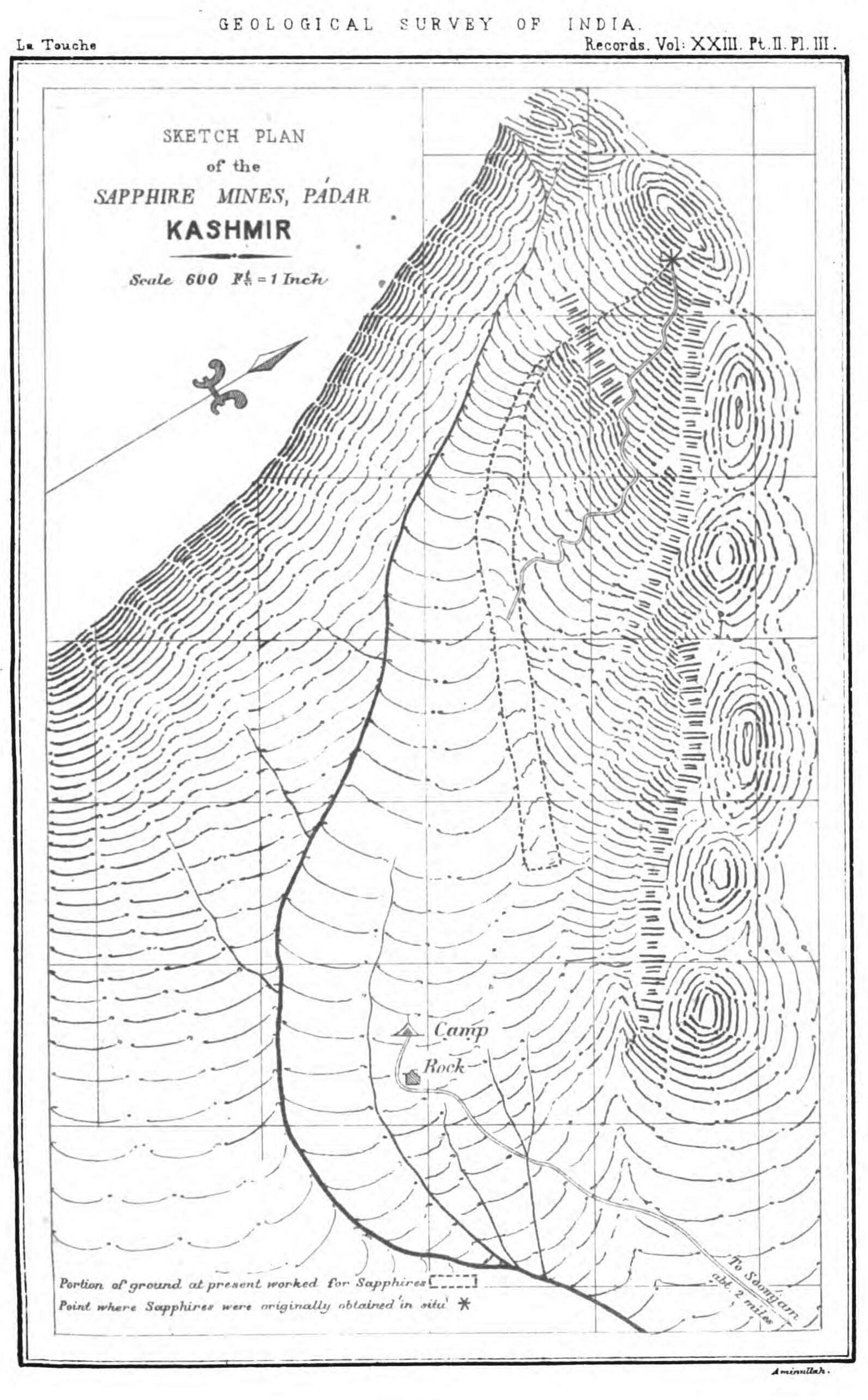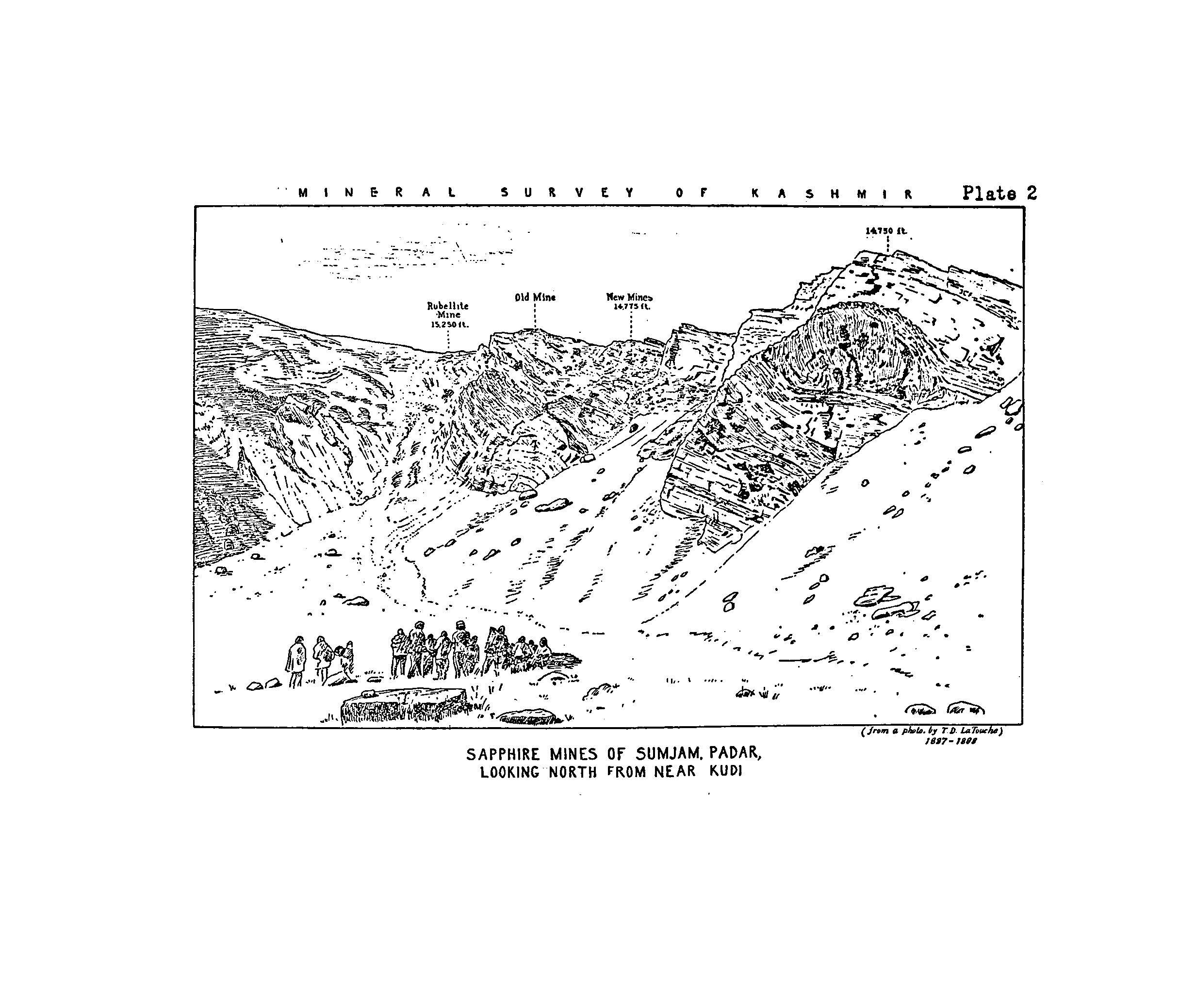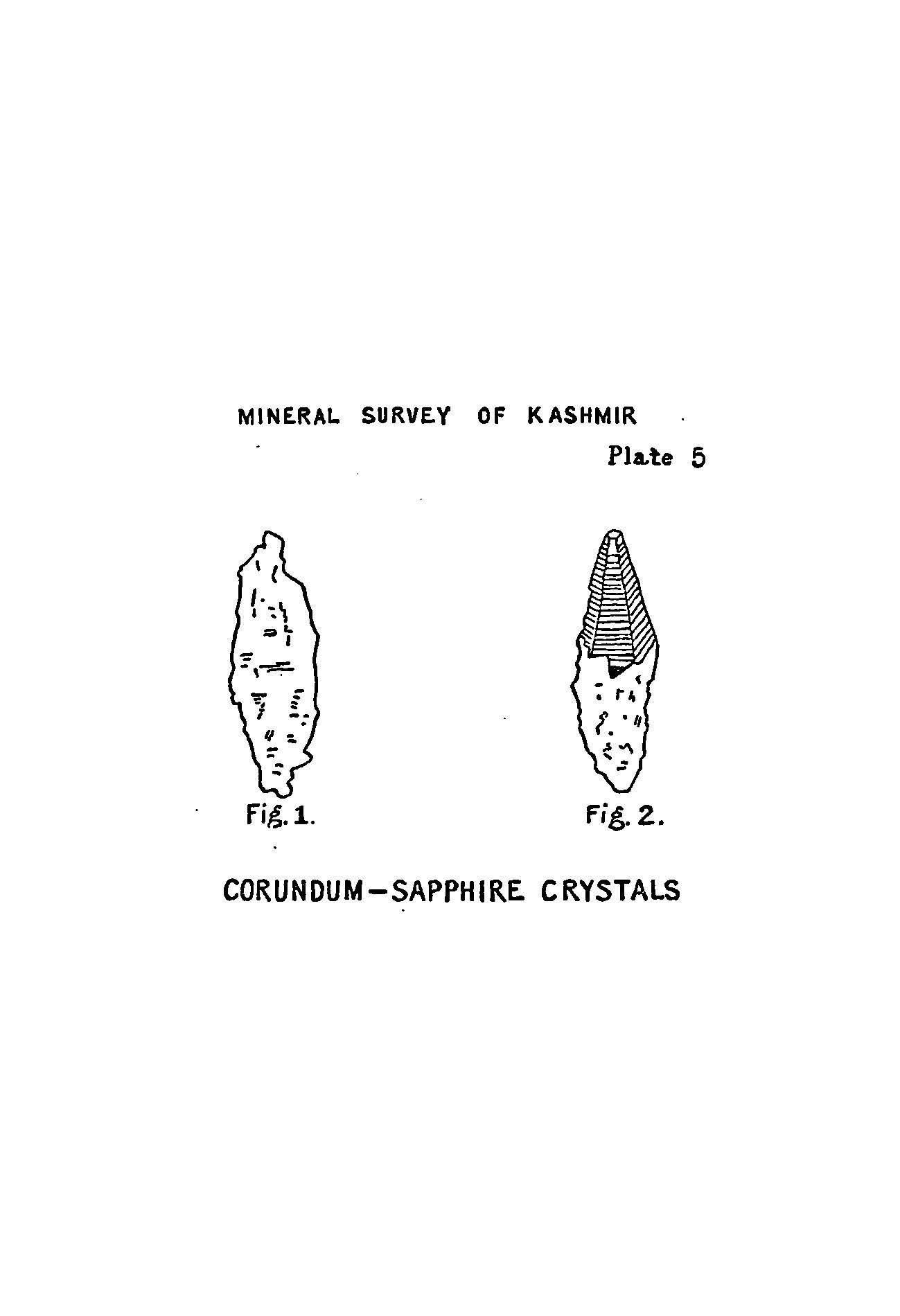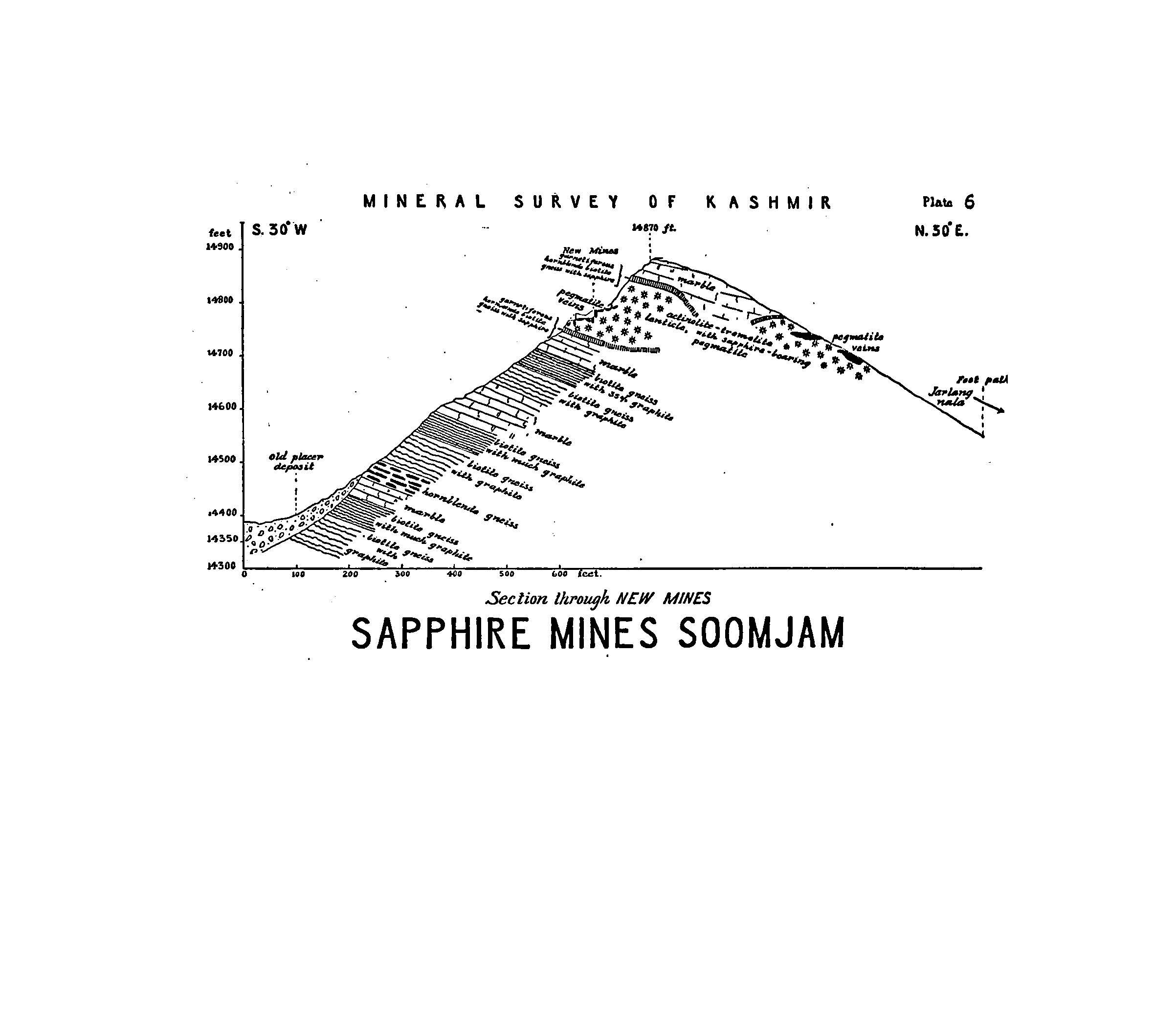Kashmir Sapphires: Chapter One: The History & Discovery
Article by Sumeet Chordia, G.G.
Zanskar Mountain Range. Photo by Wilfried Santer
During the Second Industrial Revolution in the late 1800s, the United States of America underwent great technological innovation. Breakthrough inventions such as the telephone, the typewriter, elevator, electric generator, internal combustion engine, high-quality steel, et cetera, accelerated the rise of an electrified and industrialized nation. As this great story was unfolding in America, another legend was unfolding thousands of miles away.
Across the Atlantic Ocean, in the snow-covered valleys of the Himalayan mountain range, nature revealed one of the world's most coveted and beautiful gems ever seen—vibrant, cornflower blue Kashmir sapphires.
Desiring to control the natural resources of the country, the British Raj sought domination over the princely state of Jammu & Kashmir. Their attempts were futile under the reign of Maharaja Ranbir Singh, who was loyal to the empire but denied them authoritative privileges over his land and people.
In 1881, four years before the Maharaja's death, a landslide occurred in a harsh and remote cirque valley of the Zanskar range. At 13,000 feet above sea level, the landslip exposed a 100 feet wide area of pegmatitic rock with blue crystals. This divine act has spun countless tales of the precious gemstone's discovery into the ears of aristocratic families, connoisseurs, jewelers, and gem traders.
HH Maharaja Ranbir Singh. Calcutta, Bombay & Simla : Bourne & Shepherd (active 1864-1900s) / Public Domain, Royal Collection UK
In 1890, Tom D. LaTouche, the Deputy Superintendent of the Geological Survey of India, wrote that "the sapphires from Kashmir," were discovered almost serendipitously. He recalled the encounter with an individual who told him the story.
A hunter was traveling by the site of the landslide looking for a "fragment of quartz or other hard rock to strike a light" for his pipe, and incidentally, "picked up a small sapphire and [found] that it answered his purpose better." He kept the stone for some time but, shortly, sold it to a trader in the nearby district of Lahaul. Local villagers began to bring more and more stones for trade with salt, weight for weight. Soon, the crystals reached the city of Shimla, "where its value was recognized."
By 1882, parcels of blue gemstones began to reach Delhi, Punjab, Himachal Pradesh, and other territories in India. The Maharaja became extremely concerned about the lost fortune and immediately ordered his army of soldiers to guard the gem deposit area.
Regrettably, the gem-encrusted slope was unavailable for his men to safeguard through most of the year. The locality was unforgiving, the weather harsh, and the vegetation scarce. He ordered his troops to search nearby villages regularly in case the villagers were extracting the stones under the soldier’s noses.
His troop's arduous efforts in the cold months of winter were more favorable in warmer seasons. Each year, from 1883 to 1887, a small window of opportunity would present itself during the warm summer months. It was the ideal time to patrol the mine, villages, find workers, extract stones, and look for other deposits.
In 1887, the Kashmir Durbar, under the authority of a new king, Maharaja Sir Pratap Singh, yielded to the desires of the British and gave them reigning power. According to the Gems & Gemology (Summer, 1983), the court orders Tom D. LaTouche to survey the area for additional deposits. After several unsuccessful outcomes, he goes a step further and ingeniously "creates a fresh landslide to uncover new deposits," but the result was extremely disappointing.
The original Old Mine deposit, known for producing a limited assortment of high quality and large size Kashmir Sapphires to date, was entirely depleted in 1888.
Mr. Frederick Richard Mallet, standing fourth from the left, along his colleagues at the Geological Survey of India, 1870 / Public Domain
While the story of discovery may end here, the allure of the natural blue gemstones from Kashmir was only coming to fruition. During the early discovery period, in 1882, "a few specimens were sent down from Shimla to the Indian Museum" for examination by Mr. Frederick Richard Mallet, a geologist of the Geological Survey of India. He recorded his observations in his essay, 'On Sapphires Recently Discovered in the North-West Himalaya."
His experiments revealed and confirmed the gemstone's mineralogical and chemical properties. In conjunction with the legendary tale and scarcity, his findings sparked tremendous interest with the natural, unheated blue sapphires from Kashmir, India.
###





